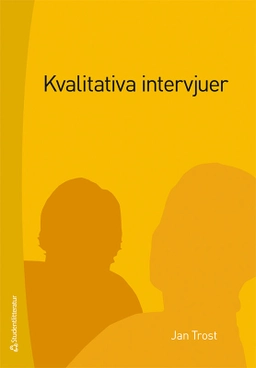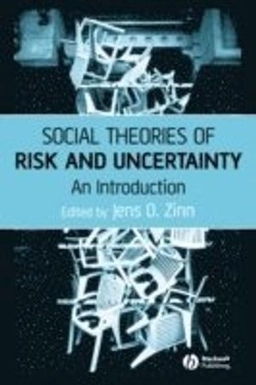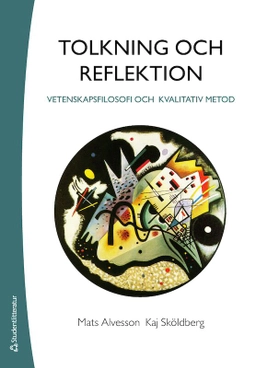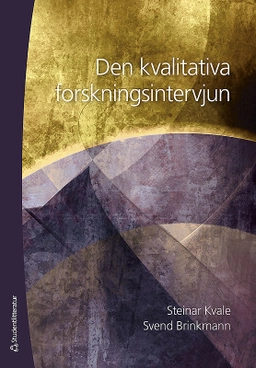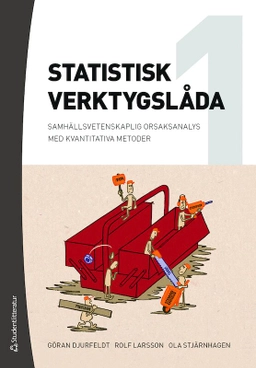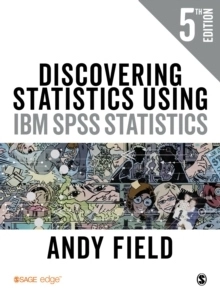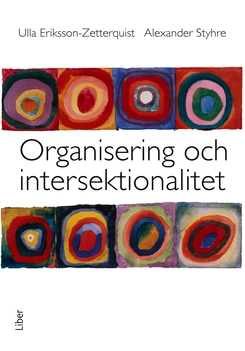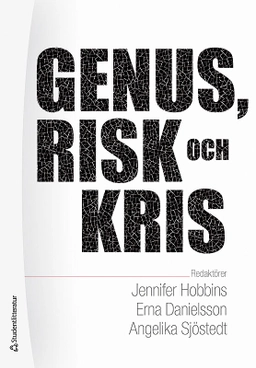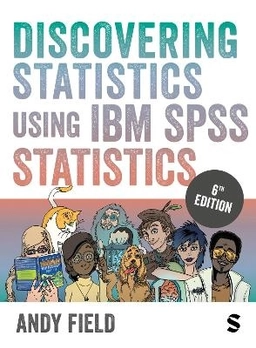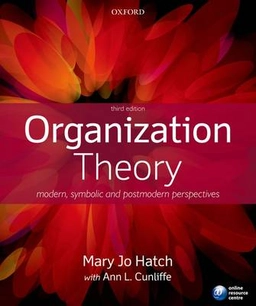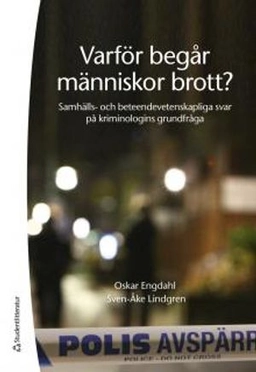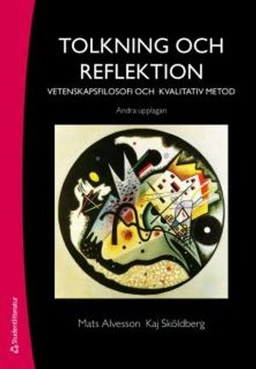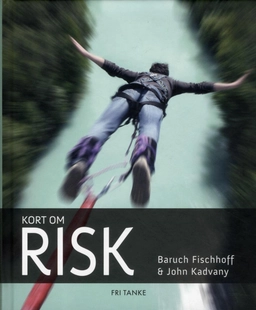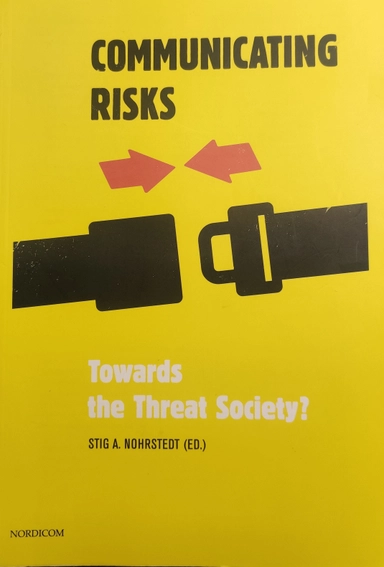

Communicating risks : towards the threat society
- Utgiven: 2010
- ISBN: 9789186523138
- Sidor: 224 st
- Förlag: Nordicom
- Format: Häftad
- Språk: Engelska
Om boken
Åtkomstkoder och digitalt tilläggsmaterial garanteras inte med begagnade böcker
Mer om Communicating risks : towards the threat society (2010)
I december 2010 släpptes boken Communicating risks : towards the threat society skriven av Stig A. Nohrstedt. Den är skriven på engelska och består av 224 sidor djupgående information om media och kommunikation. Förlaget bakom boken är Nordicom.
Köp boken Communicating risks : towards the threat society på Studentapan och spara pengar.
Tillhör kategorierna
Referera till Communicating risks : towards the threat society
Harvard
Oxford
APA
Vancouver
